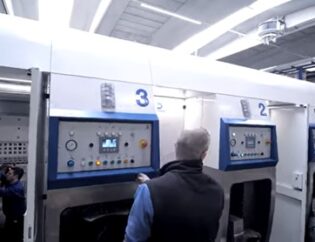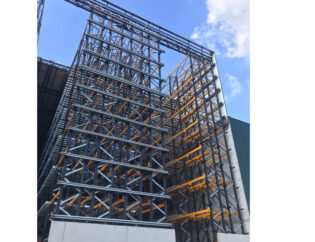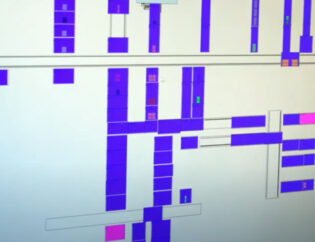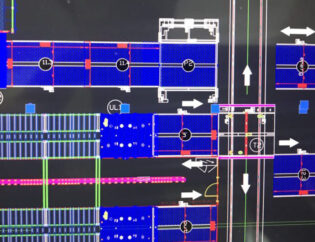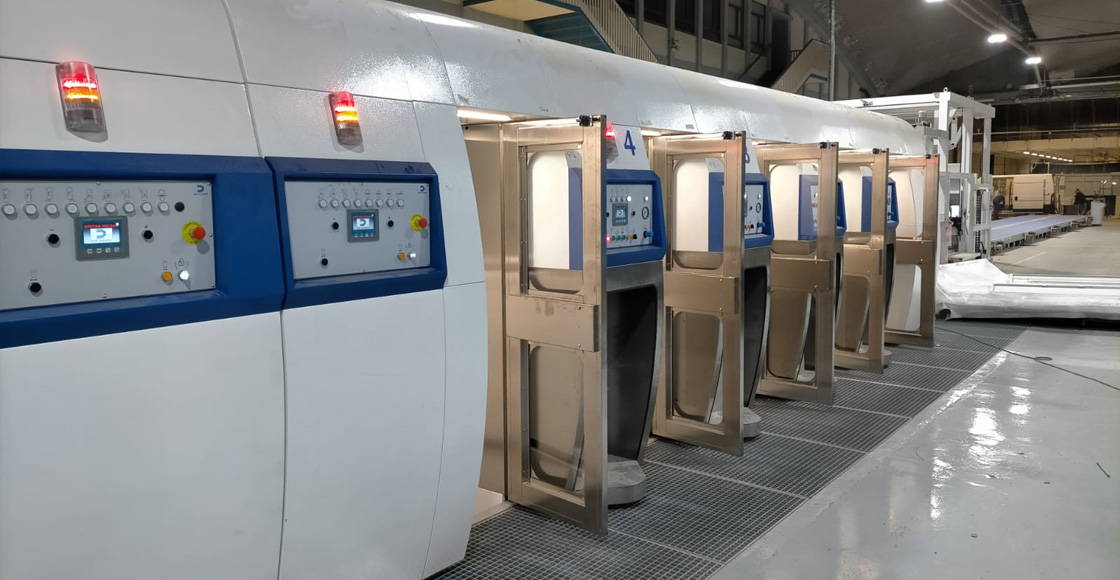
In the last three years, EDF/Dong Fang Europe has invested heavily in designing the concept and manufacturing the casemakers of the future. The approach to the different projects has been - always based on ideas proven over many years - to look at the future needs of our customers and the evolution of their market.
We have worked on concepts such as the cardboard transport system on high speed machines; the efficiency of slotter and die-cutting units to eject the waste; the quick change of clichés and also of anilox rollers; dust management and even the cost of maintenance or spare parts needed by our customers.
In this sense and in order, I will try to list the most significant changes that make the Dong Fang group casemakers machines to be taken into account from now on.
Firstly, the transport of scraps for machines with widths of 2400mm or more will continue to be carried out with a vacuum bell system and tungsten coated wheels. Basically for two reasons: with these widths the transport register allows +-0.2mm and the left-right oscillation is practically nil due to the considerable width of the plate. On smaller machines, however, the transport is carried out by vacuum, but with the help of toothed belts which ensure that we do not have belt slippage effects despite having installed dryers for printing which create expansion of the rubber material.
The servo motors and their use - basically to get better print registration - have been improved by using the technology of what we call "mini-motors". Mini-motors are small servo technology motors with a built-in inverter inside. They are motors as small as 15x20x20cm that are directly connected to a gearbox depending on their function and position within the machine. But the particularity of this concept is that the same machine can have 40 or more motors ALL the same and configurable from the PLC. This concept drastically reduces the cost of maintenance and spare parts stock in the customer's factory. In the particular case of the slotter unit, its size allows us to build a slotter unit with multiple heads that allow much smaller distances between slots and up to two creasing profiles in the same tool. This allows us to use different blades depending on the type of cardboard and paper used at any given time. The use of this concept also facilitates the ejection of the scrap thanks to a larger clearance between tools.
On the other hand, we must consider that one of the most important problems in cartonboard factories is residual paper dust, both for the safety of the factory in terms of the potential risk of fire and for the cost of maintenance and cleaning associated with the equipment and machinery of the carton manufacturing process. In this sense, the concept of air recirculation in the printing section of these machines is an unprecedented qualitative leap forward. In Dong Fang's new casemakers, the slotting and die-cutting units are isolated from the printing and feeding units. In the printing area, the air used for the carton transport is sucked in and channelled to filters that collect the dust by centrifugation and send the air back to the lower part of the machine to be sucked out again by the vacuum transport. This technique provides several advantages, among them, the reuse of factory air by avoiding excess dust in the printing units and maintaining warm air in the printing area which in turn helps the drying of the inks and run faster.
Finally, EDF has also worked on the possibility of anilox changes in automatic and semi-automatic modes from 2800mm down to 1800mm wide machines. In particular, the 924 HGL with a pit allows anilox rolls to be changed quickly and efficiently.
All these changes in technology, combined with the possibility of full remote control of these machines, make them a very flexible series of models for cardboard box production.


